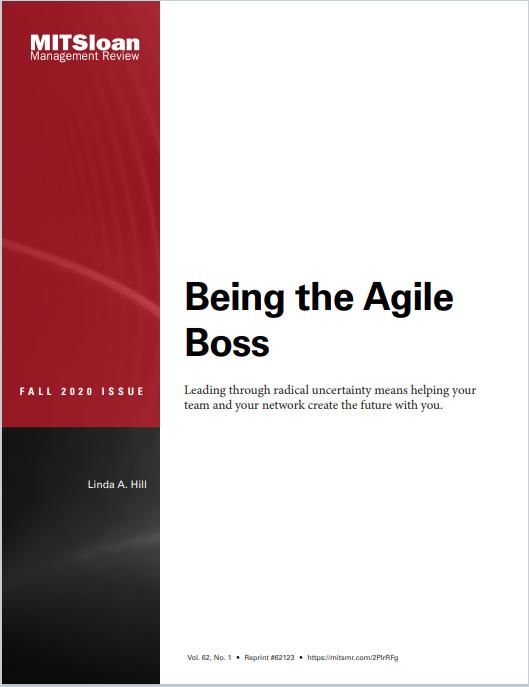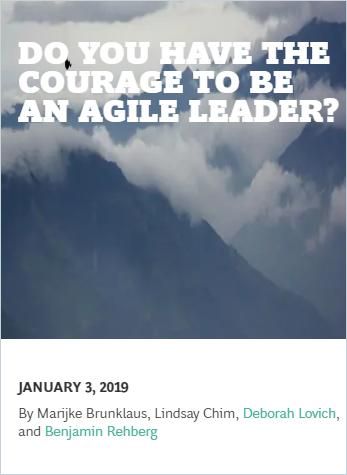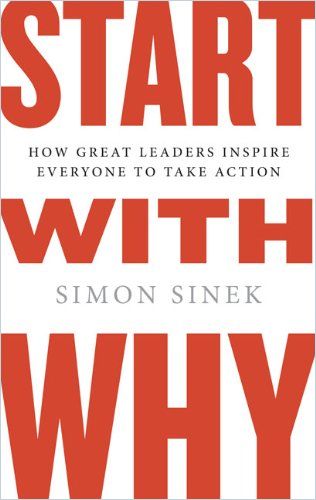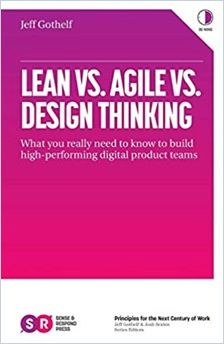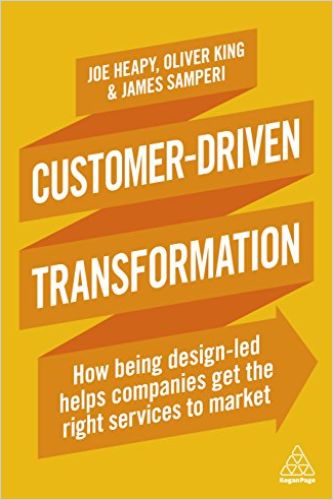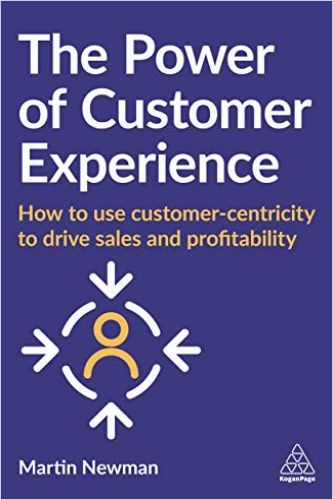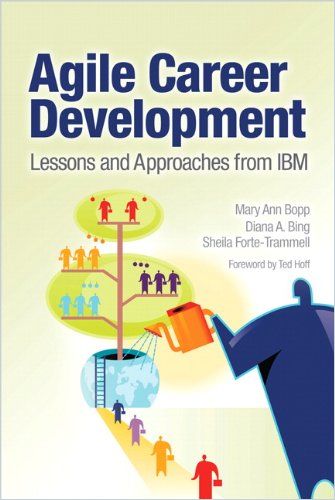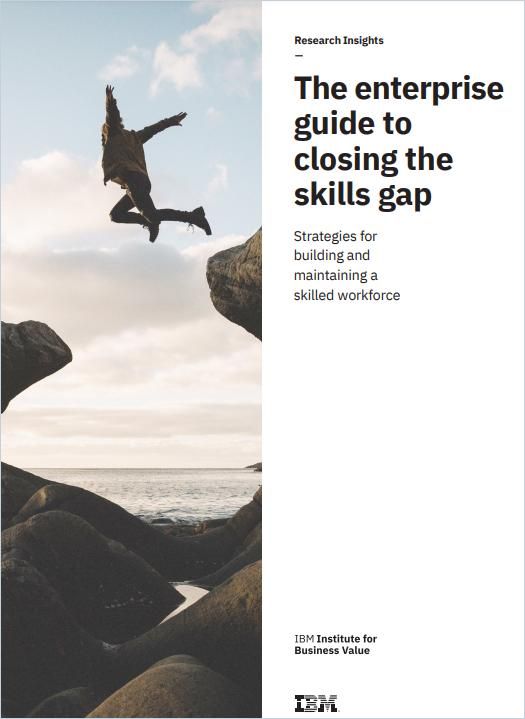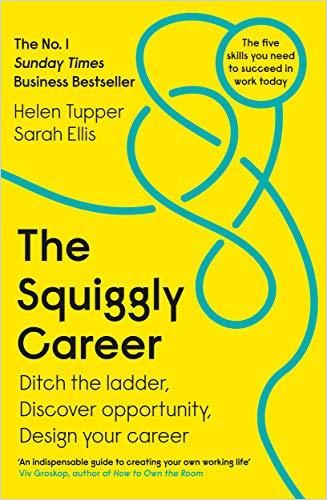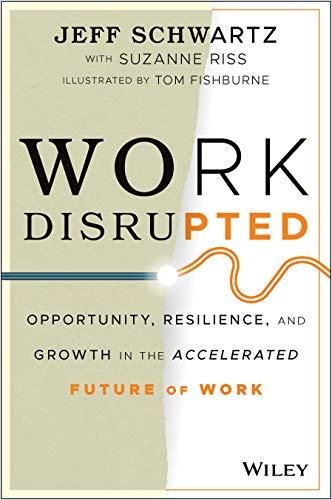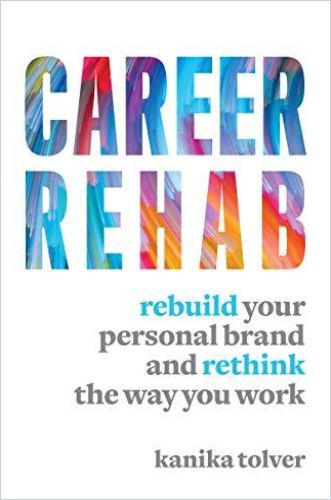Making Sense of Agile

You can’t go wrong throwing the buzzword “agile” into any discussion on futureproofing your career or company. But what does agile mean exactly, and what are its applications in everyday life?
Let’s start with a metaphor: climbing Mount Everest. Faced with an inhospitable environment of extremely cold temperatures and low levels of oxygen, mountain climbers came up with a method called “expedition style.” In preparation for the expedition, climbers would put infrastructure in place, including ladders, ropes and camps with supplies. They would then go out as a tightly organized group, including dozens of climbers and at least as many Sherpas. Expeditions are hierarchically organized, with an expedition leader at the top assisted by several guides and trainee guides.
Expedition style relies on fixed infrastructure, considerable manpower and a detailed game plan. The method seeks to pre-empt unpleasant surprises by managing the harsh alpine environment as much as possible.
But then an unexpected storm hits or an avalanche covers a perfectly stocked night camp, and the team of climbers may not just end up spending the night cold and miserable but may very well find itself on its way back home the next day.
According to mountaineer Patrick Hollingworth, there is another approach to conquer a treacherous mountain in a harsh environment: alpine style, also known as “light and fast.” Small teams of highly skilled alpinists, with only as much equipment as they can carry, set out to climb the mountain on their own. They learn as they climb and make decisions together in response to changing circumstances. For Hollingworth, this “alpine-style ethos” is much better suited for navigating a fast-changing, unpredictable environment. Or to use buzzword vernacular: Agility is the key to thriving in a VUCA world (VUCA stands for volatility, uncertainty, complexity and ambiguity).
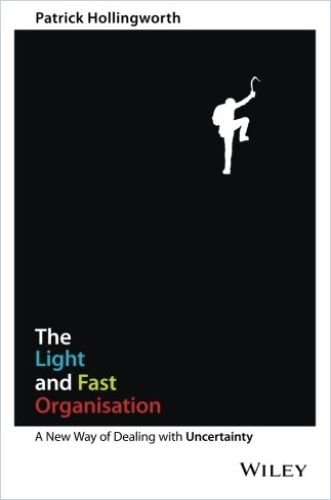
The traditional expedition-style approach to climbing a mountain is as outdated as the traditional, linear, hierarchical structure of the organization.
Patrick Hollingworth
The Origins
The agile philosophy, as we know it today, originated in software development. Software developers around the turn of the millennium looked for a way to address the many uncertainties affecting their work. Market conditions, the presence and actions of competitors, the underlying economic variables, and the level of complexity of the problems engineers must solve made it difficult to manage the software development process effectively.
In 2001, pioneers of the agile approach created the “Manifesto for Agile Software Development,” also known as the Agile Manifesto. It asserts that creating higher-quality software requires abandoning some of the traditional principles of 20th-century management. It prizes people and their cooperation over “processes and tools.” It proposes that software developers should see responding to change as more important than following a set routine. The agile approach uses short work cycles – often called “sprints” – followed by pauses to assess what the team has accomplished or learned, and to determine whether to continue on the same path or to pivot.
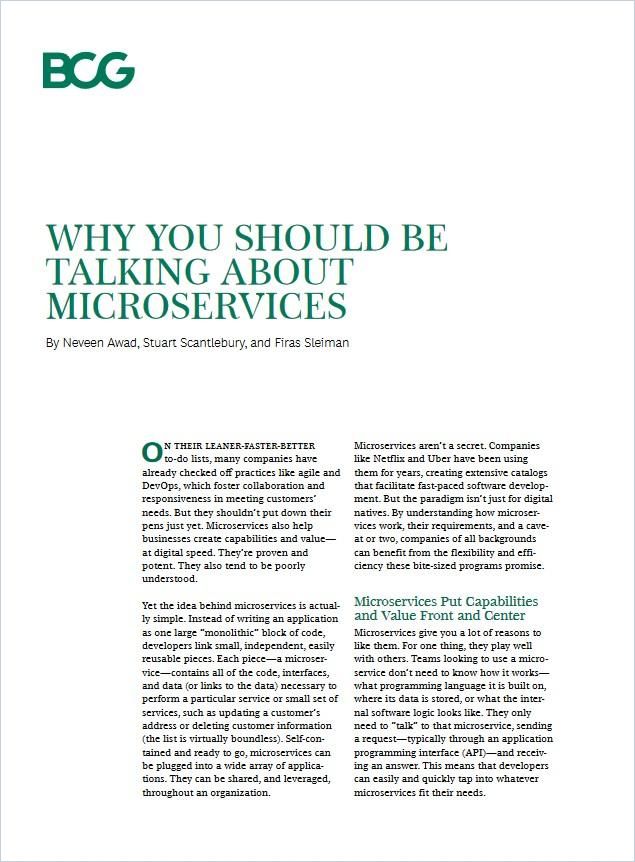
The agile approach has since been applied to many other areas of business life. Here some real-world applications:
Agile Management: Create a Network of Teams
In the past century, large, successful organizations used expedition-style methods. They relied on a fixed infrastructure, top-down leadership hierarchies and efficient processes. This method works well in a stable environment. But conventional good management practices stop working in the face of rapid change. When an avalanche hits, you’re better off alpine-style.
In The Age of Agile, management expert Stephen Denning explains the organizing principles behind agile organizations:
- Have small, cross-functional teams take on precisely targeted projects they can complete in a limited amount of time.
- Put your buyers at the center of your universe. Stay vigilant and be responsive to changing customer demands.
- Aim to create a network of teams that work together with the same energy and commitment as the members of your small teams.
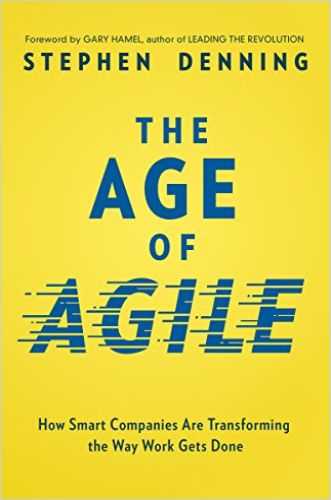
Agile Leadership: Empower and Let Go
Uncertain times demand agile leadership: Leaders must help their organizations learn, innovate and solve problems to leverage turbulence rather than react to it. For a leader, this means letting go of micromanaging and empowering people to find creative solutions to new problems by granting them autonomy and decision-making authority. Very importantly, however, a leader must articulate a clear sense of purpose to ensure everyone is aligned and stays on task.
Your primary role as an agile leader is to create an environment that empowers everyone to be an innovative problem solver.
Linda A. Hill
Agile Work Cultures: Foster Psychological Safety
Firms will only benefit from employees’ skill sets if they match the culture. Psychological safety is key to encouraging behaviors like collaboration, curiosity, flexibility, teamwork, and a willingness to learn and experiment. Agility won’t happen without it – that’s why the getAbstract Journal has covered the topic at length:
Agile Design: Get in Sync with Customer Demands
Agile product development emphasizes quick responses to changing circumstances in the development and delivery of products and services. Agile firms design their products and services in constant sync with customers. But moving fast doesn’t mean changing course on a whim. Rather, it means aligning agile processes with an overarching vision. Firms can do so by developing an “experience road map” – a “single view” – that describes what customers will experience over the duration of the project. This connects developers and their tasks with the CX vision identified.
We value responding to change over following a plan.
Jeff Gothelf
Agile Decision-Making: Adopt an Experimental Mind-Set
Complex environments are impossible to predict, so trying to impose a blueprint solution on an environment that keeps changing is futile. Faced with an unknown future, you must discover the right path by virtue of experimentation. Start with adopting an open, experimental mind-set. Gather multiple perspectives, and then run small experiments to produce controllable outcomes. Follow up these experiments with additional testing and adjusting. Always be clear about the direction in which you are heading even if you don’t know exactly how the end point will look. For more on decision-making, 21st-century-style, check out Jennifer Garvey Berger and Keith Johnston’s Simple Habits for Complex Times.
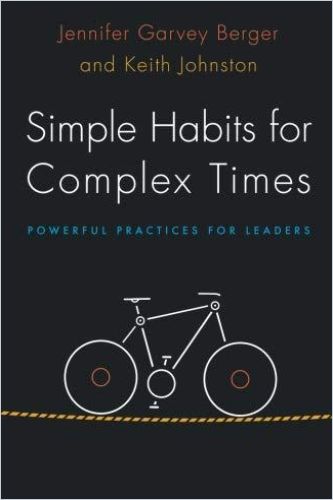
Agile Selling: Become a Fast Learner
Because change is constant in sales, the ability to adapt to new circumstances is a priority. Salespeople must constantly stay on top of evolving products, services and markets; incoming novice buyers who replace old ones; revised strategic plans; updated sales compensation programs; the latest customer relationship management software; and incoming bosses who have their own ideas about smart selling. Consequently, sales people must cultivate the ability to pick up new knowledge quickly and efficiently. Success in sales depends on how agile a learner you become. This requires distinguishing between what’s essential to know and what is not, and seeing problems as welcome opportunities for positive change.
Learning agility is an acquired skill. Most people don’t know that; they think either they’re good at picking things up quickly or they’re bad at it.
Jill Konrath
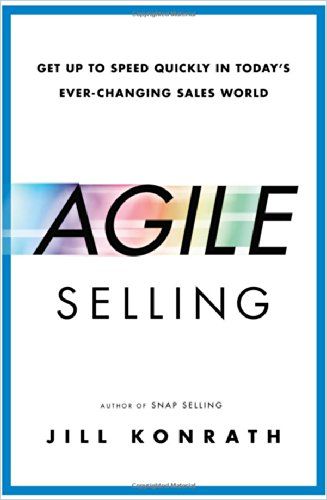
Agile Marketing: Adopt a Software Developer’s Spirit
Digital dynamics have infiltrated marketing in many different ways. Think digital advertising and social media influencers, location-based marketing using QR codes and analytics tools supporting marketing operations. Indeed, marketing has evolved to become a software-powered discipline. Hence, today’s marketers must apply the spirit and best practices of innovative software development. These best practices include: breaking big projects into smaller steps handled in “sprints;” running low-risk experiments with A/B testing; learning-as-you-go through iterative and incremental releases; and independent decision-making by agile teams.
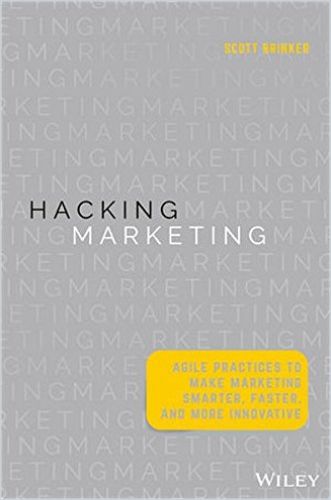
Agile Career Development: Embrace Lifelong Learning
It’s not businesses that generate new ideas to compete in a changing environment – it’s people. Agile organizations rely on people with the necessary skills to take advantage of new technologies and emerging business opportunities. Creating a lifelong learning culture is the best way for organizations to cultivate an agile workforce.
Besides “generalists” and “specialists,” agile organizations increasingly rely on “versatilists” – people who have both the breadth and the depth to assume different roles within a company. In flat hierarchies, lateral moves are becoming more common than vertical ones. If “agile” is a keyword you want to put on your resume, consider doing the following:
- Develop expertise in a single field as well as the ability to work across disciplines (also known as T-shaped skills).
- Create a lifelong learning habit.
- Consider taking on a side hustle – such as through freelance work or volunteering – to develop skills in areas outside your current job.
- Work on your social and emotional skills.
Agile Mind-Set: Always Remember the Big Picture
A threat, a challenge or stress cause a fight, flight or freeze response in people’s brains. You can train your brain to recognize your physical and mental response when you feel challenged or threatened. Once you learn to acknowledge these responses, you can exercise mindfulness to put yourself in the right frame of mind for a constructive response.
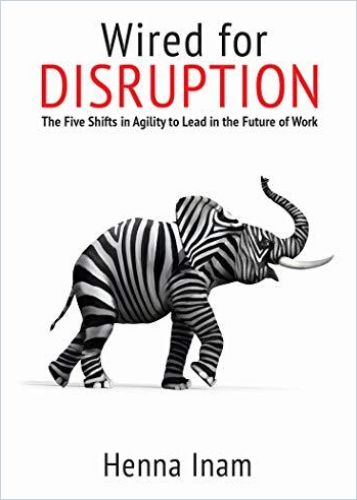
Agility starts with an agile mind-set. Author Henna Inam explains what “neuromotional agility” entails:
- Resist the urge to jump to a decision.
- Seek out expert advice and different perspectives.
- Look for emergent practices.
- Try to think broadly and creatively, and encourage team members to do the same.
- Experiment with potential solutions.
- Stay vigilant for biases (e.g., desire for simplicity, the need to be in control) that may cloud your thinking or judgment.
Living, leading and working successfully in a VUCA world is less about “managing” change but moving with it. Instead of trying to figure out everything in advance, invest your energy in becoming better at “moving” – like a resourceful alpinist. But pace yourself: You will be in this for the long haul.
By putting yourself out there, making mistakes and being open about those mistakes, beautiful and powerful things happen.
Patrick Hollingworth
